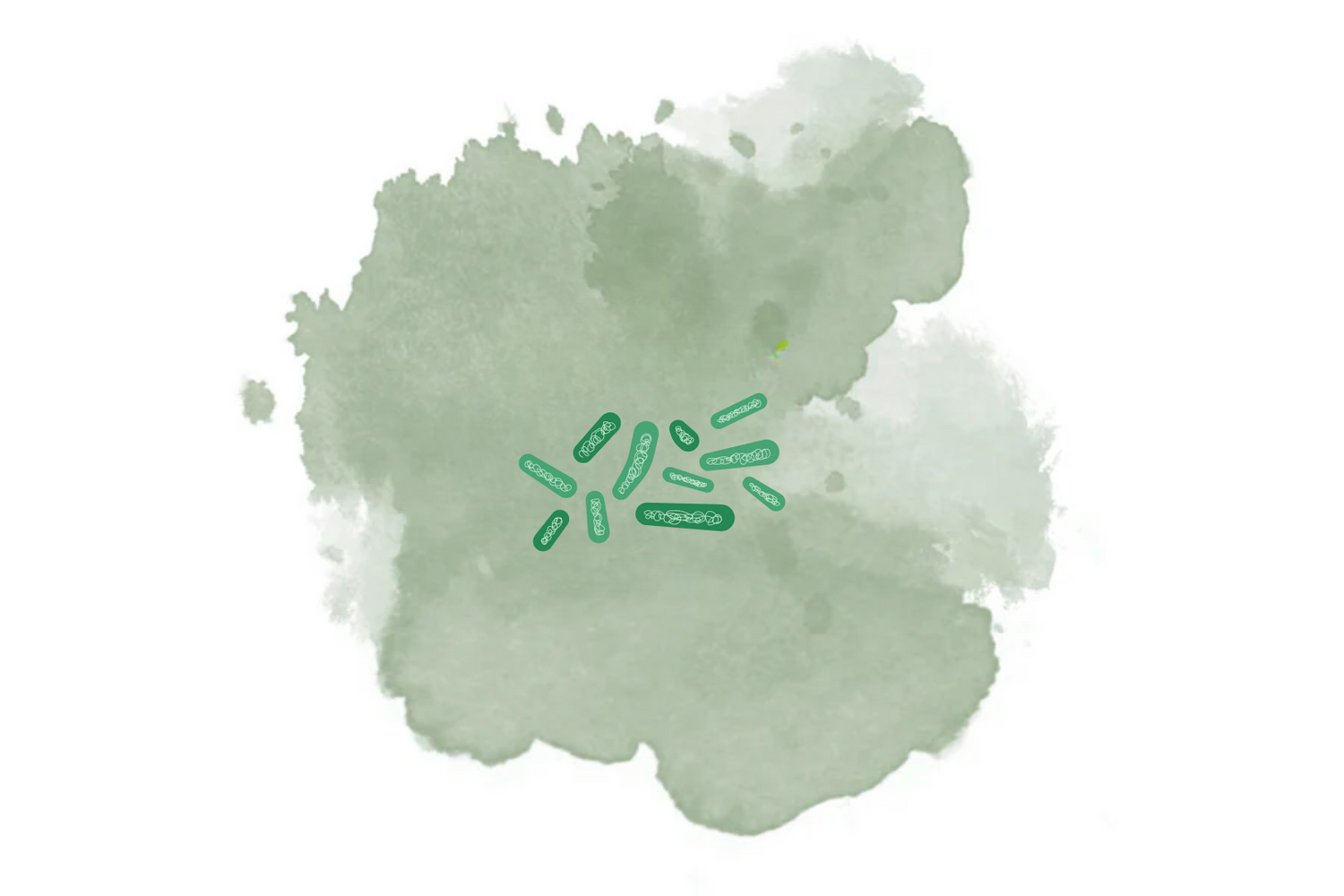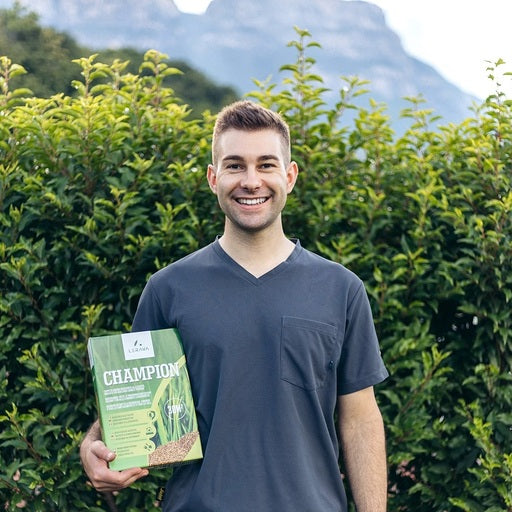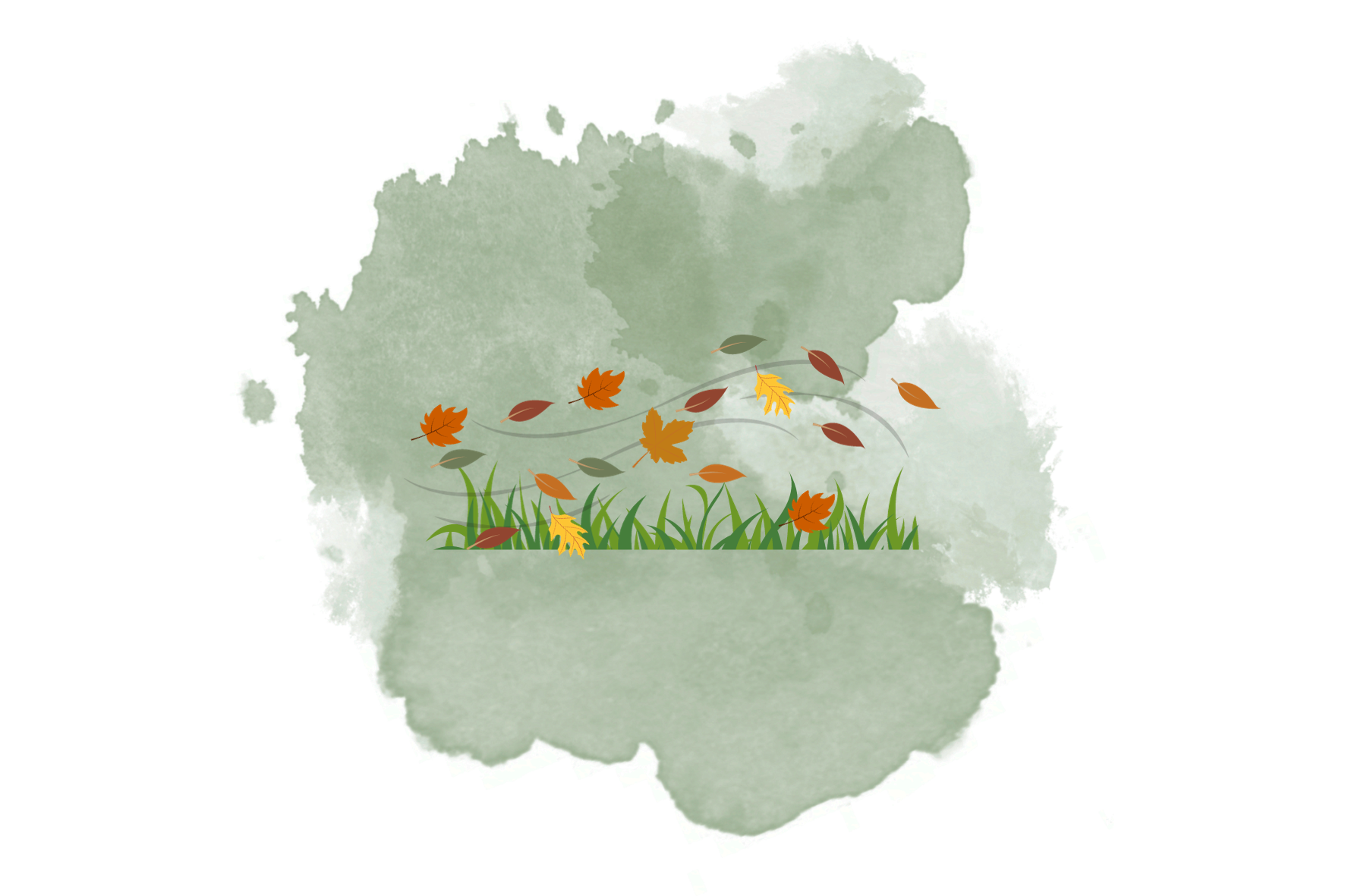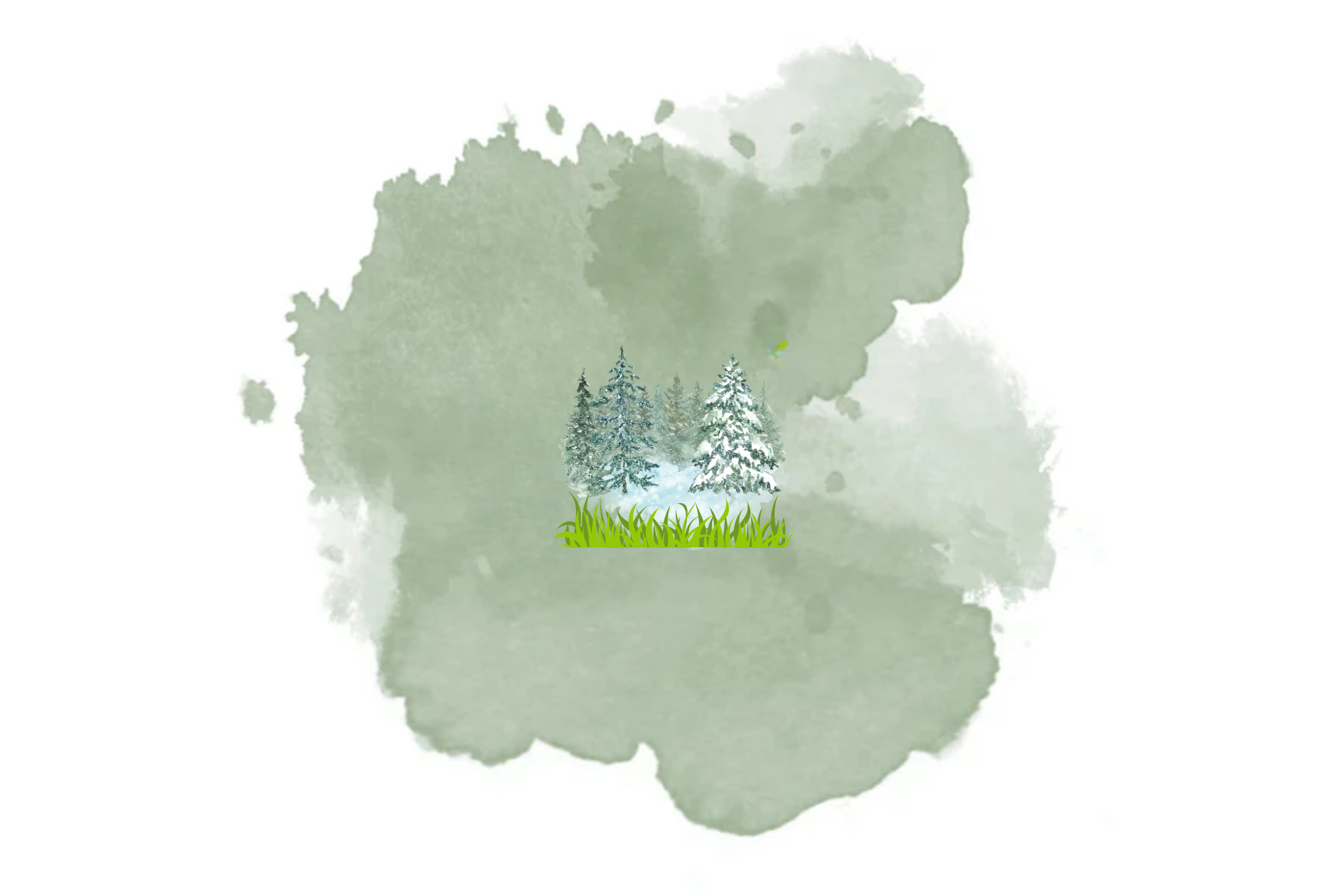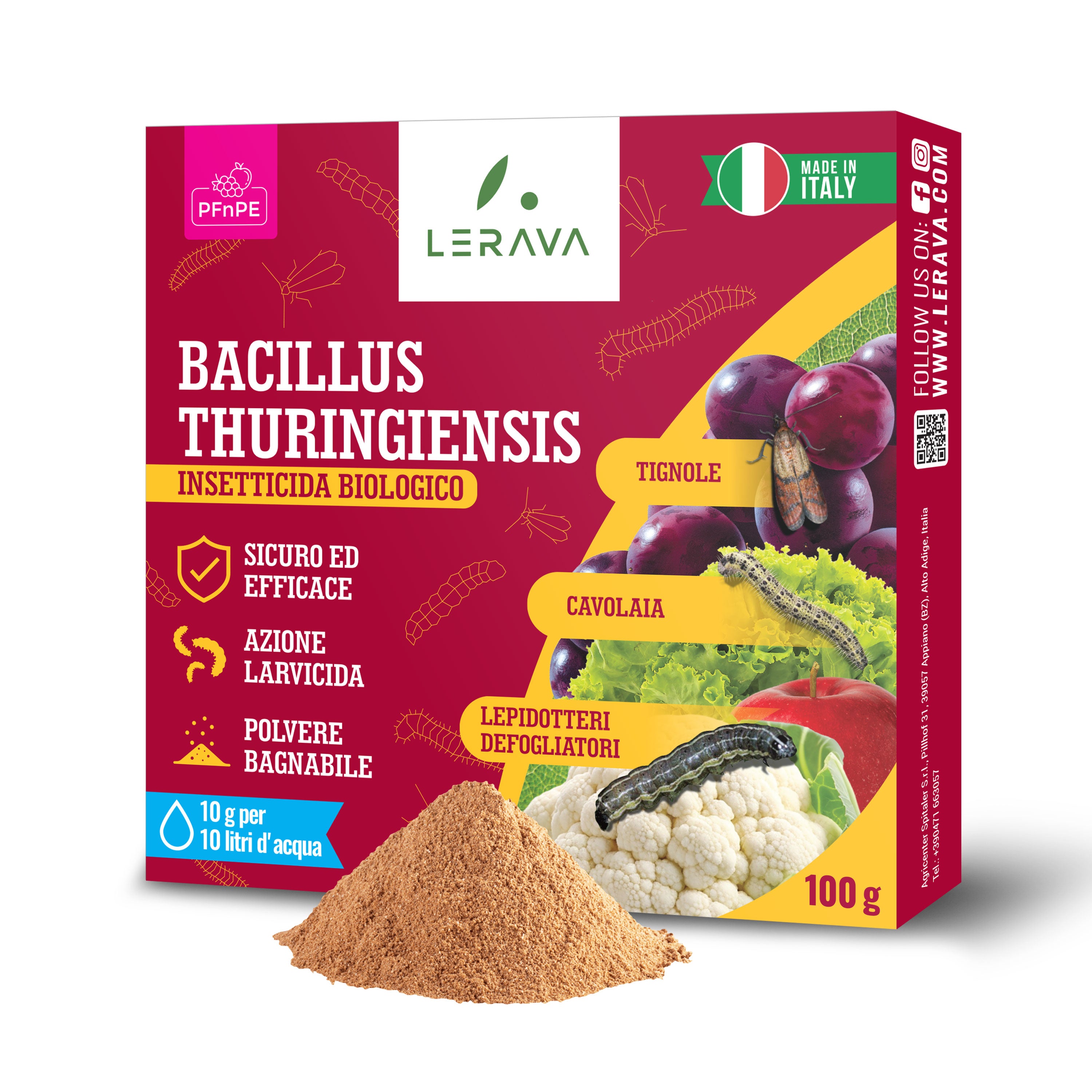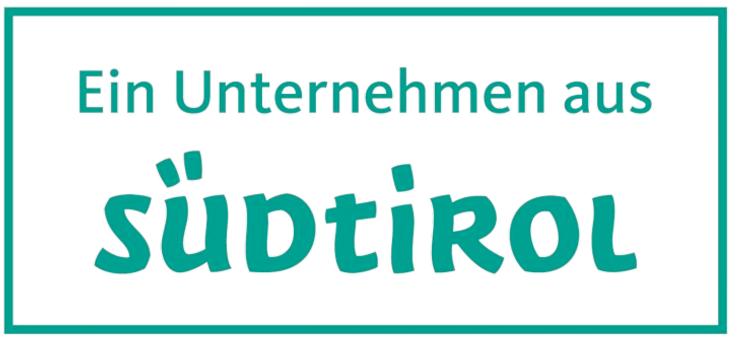Introduction
Bacillus Thuringiensis, often abbreviated as Bt, is a gram-positive bacterium that has revolutionized the world of organic agriculture. First discovered in 1901 by a Japanese entomologist, Bt is renowned for its natural insecticidal properties, making it a valuable ally in the fight against plant pests. This article will explore what Bacillus Thuringiensis is and how it is used to protect our crops, highlighting the advantages of this ecological and safe method.
What is Bacillus Thuringiensis?
Bacillus Thuringiensis is a bacterium that produces crystalline proteins (endotoxins) that are toxic to many insect larvae. These proteins attack the larvae's intestines, causing death within a few days. Bt is particularly effective against the larvae of Lepidoptera (such as butterflies and moths), Coleoptera (such as potato beetles), and Diptera (such as mosquitoes). Unlike traditional chemical insecticides, Bt is highly specific to its targets, meaning it does not harm beneficial insects such as bees and other pollinators.
Use of Bacillus Thuringiensis in Crops
Bacillus Thuringiensis is used in a variety of crops, including vegetables, orchards, and ornamental plants. Its versatility makes it suitable for:
- Vegetable crops: Tomatoes, potatoes, cabbages, and other vegetables can benefit from Bt to prevent damage caused by pests.
- Orchards: Apples, peaches, and other fruits can be protected from larvae that could compromise the quality and quantity of the harvest.
- Ornamental plants: Flowers and decorative shrubs are often attacked by pests that reduce their beauty and vitality. Bt offers a non-toxic solution to keep plants healthy.
Advantages of Bacillus Thuringiensis
One of the main advantages of Bt is its chemical-free biological composition, making it safe to use around young children and pets. Additionally, Bt is non-toxic to humans and animals, allowing it to be used in home gardens or balconies without health concerns.
Other benefits include:
- Environmentally friendly: Bacillus Thuringiensis is biodegradable and leaves no harmful residues in the environment.
- Selective: It targets only the intended pests without harming beneficial insects.
Approved Applications and Usage Instructions
To get the maximum benefit from Bt, it is important to prepare the solution only at the time of use, avoiding waste and residues. The treatment should be carefully planned, considering the area or number of plants to be treated and strictly following the instructions for preparing the mixture. The product should be applied at the appearance of the first larvae, respecting a safety interval of 3 days between the last treatment and harvest.
For strawberries, vegetables, and other plant products, Bt should be applied after harvesting mature products, waiting 3 days before further harvesting. It is advisable to avoid use in windy conditions and not to mix it with other phytosanitary products. After treatment, it is better to wait 24 hours before re-entering the treated area or carrying out further operations.
Preparation and Application of Bacillus Thuringiensis
To prepare the solution, fill the sprayer with the amount of water indicated in the product's instruction leaflet. Carefully add the contents of the single-dose sachet to the water, avoiding the formation of dust. Mix or shake well until a homogeneous suspension is obtained. It is important to distribute the mixture within 12 hours of preparation, using normal volume pumps.
Method and Equipment for Application
The mixture should preferably be applied during the cooler hours of the day using the following equipment:
- Hand or motor-operated backpack sprayers: Ideal for treating vegetable crops, fruit trees, and gardens.
- Hand or motor-operated backpack sprayers or hand lance connected to a tank: Suitable for treating vineyards and olive groves.
Conclusion
Bacillus Thuringiensis represents an ecological and safe solution for protecting crops from various pests. Thanks to its effectiveness against the larvae of numerous insects and its environmental safety, Bt is an ideal choice for farmers and gardeners who wish to reduce the use of chemical pesticides. By adopting Bt, we can protect our plants and contribute to a more sustainable and environmentally friendly agriculture.

![#Taglia_1.7kg [sku-A0291] [lang-IT] [lang-EN]](http://lerava.com/cdn/shop/files/Cessione_IT.png?v=1749635507&width=2000)
![#Taglia_1.7kg [sku-A0291] [lang-IT] [lang-EN]](http://lerava.com/cdn/shop/files/Cessione_IT.png?v=1749635507&width=104)
![[lang-IT] [lang-EN]](http://lerava.com/cdn/shop/products/B09SLG7DHN.MAIN.jpg?v=1674813929&width=104)
![#Taglia_70m² [sku-VV-KMTV-QLBE] [lang-it] [lang-en]](http://lerava.com/cdn/shop/files/Primavera_IT_1.png?v=1749609539&width=104)
![#Taglia_100m² [sku-A0360] [lang-IT] [lang-EN]](http://lerava.com/cdn/shop/files/ESTATE_IT_100m.jpg?v=1751879953&width=104)
![#Taglia_70 m² [sku-A0016] [lang-it] [lang-en]](http://lerava.com/cdn/shop/files/Add_a_heading.png?v=1758461245&width=104)
![[lang-IT] [lang-EN]](http://lerava.com/cdn/shop/files/Solfato_Di_Ferro_IT_1.png?v=1749608449&width=104)
![#Taglia_30m² [sku-AVARACH] [lang-IT] [lang-EN]](http://lerava.com/cdn/shop/files/Champion_IT.png?v=1749608049&width=104)
![#Taglia_30m² [sku-A0265] [lang-IT] [lang-EN]](http://lerava.com/cdn/shop/files/Express_IT_1.png?v=1749619514&width=104)
![#Taglia_10m² [sku-A0148] [lang-IT] [lang-EN]](http://lerava.com/cdn/shop/files/1_10_IT.jpg?v=1727419569&width=104)
![#Taglia_20m² | 200g [sku-A0192] [lang-IT] [lang-En]](http://lerava.com/cdn/shop/files/1_1_193571c2-dc92-488a-b9ac-170592f0b658.jpg?v=1744210602&width=104)
![#Taglia_200g [sku-A0220] [lang-IT] [lang-EN]](http://lerava.com/cdn/shop/files/IT_Semi-Trifoglio200g.jpg?v=1756610388&width=104)
